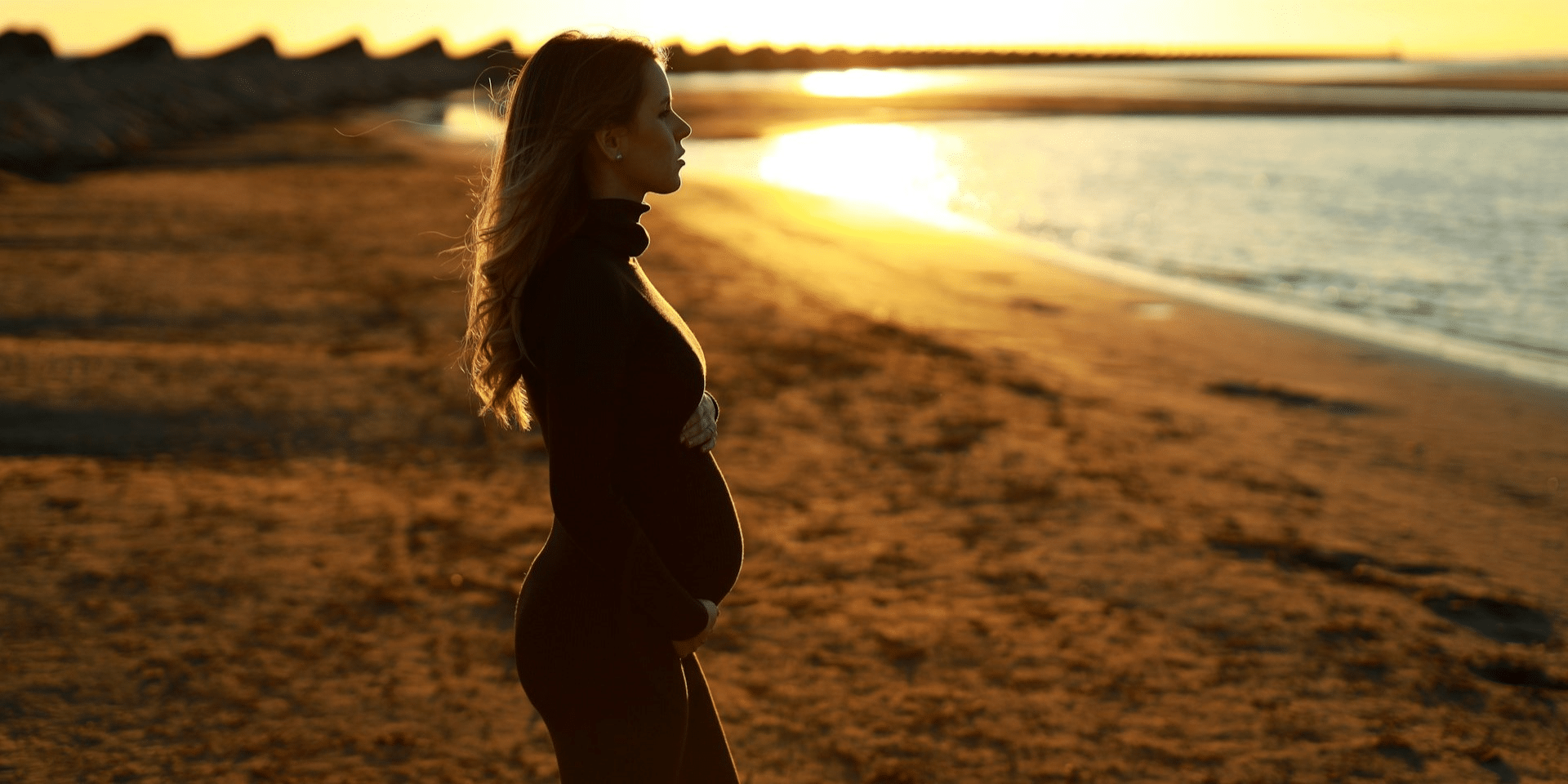…
The massive red boulder that sits in a downtown Kansas park isn’t where it belongs.
Presently, the Kaw clan is, at last, recovering the stone that, for a long time, its people regarded as a sacred altar.
More than 20 tons of quartzite stone is currently setting out toward ancestral land with the positive thinking that it can support the strained connection between the Kaw, or Kanza, the people and the state that grabbed their territory and holy stone.
“There’s a little bit of a melancholy feeling that I have when I see it,” stated the vice-chairman of the Kaw Nation, James Pepper Henry. “It’s a reminder to us as Kaw people of what has been taken from us.”
The story of the stone has filled in as a portrayal of the cruel history of what’s currently perceived as Kansas. It represents what local clans view as invasion and annihilation in some way or another.
When the massive force of a glacier hit billion-and-half-year-old quartzite bedrock in the northern plains, the rock fractured, it shifted, but it did not collapse. Instead, the glacier razed south of Kansas around 700,000 years previously.
“Less resistant rocks were just ground to dust,” stated an associate professor of geology at the University of Kansas. “It’s a survivor. It’s hard and resilient, and here it is.”
As of now, it’s straight as an arrow in a small park surrounded on three sides by humming roads and the Kansas, or Kaw, River on the fourth.
This stone is sacred to the Kaw people group, like Pepper Henry. His uncle initially showed him the stone the clan calls Íⁿ’zhúje’waxóbe almost thirty years past, and he recollects his most memorable glance at it.
“I got goosebumps because, just the scale of it. But I knew how important it was to our people,” he stated. “I could feel the presence of it. And this rock had a long journey from where it came from. It’s not from these parts.”
Pepper Henry lives in Oklahoma. His Kaw progenitors meandered a significant part of the land presently known as Kansas, chasing down buffalos for centuries. But government powers pressured them into smaller and smaller reservations, uprooting the clan south to Oklahoma during the 1870s.
“Most people in Kansas don’t know that the state is named after a group of people native American tribe, the Kanza,” stated Pepper Henry. “We’ve been virtually erased from Kansas, and we’re invisible to most people here.”
Two or three years beforehand, a tribal leader and a few activists in Lawrence began squeezing to give the stone back to the Kaw Nation. KU director of the Center for Indigenous Research and Science, Jay Johnson, said the Lawrence boosters who pulled the stone into town knew that they were holding onto something critical to the Kanza community.
“They took it, and they reappropriated it,” he stated. “And now the descendants and communities leaders have said, ‘You know what? We should give this back, and we should apologize.'”
Last year, the city gave it back to the Kanza people and officially apologized for holding onto it. Nonetheless, Íⁿ’zhúje’waxóbe is very weighty, gauging around 23 tons or even around 30. In this way, moving it will not be simple.
Johnson expressed that the timing is just exact. A public outcry for the importance of ancient images and landmarks brought by the racial thought following George Floyd’s homicide heightens the endeavor to return the stone.
Read also: Alabama Transgender Youth are Allowed to Use Medicine for Transitions, Ruled a Judge





